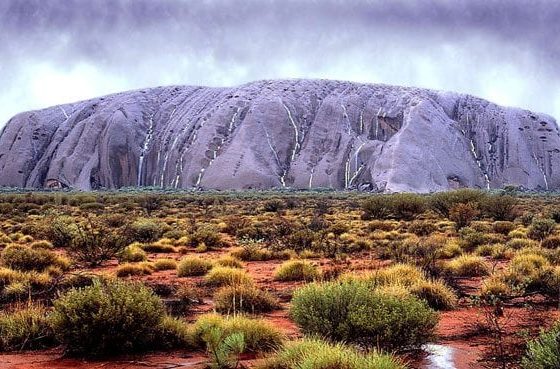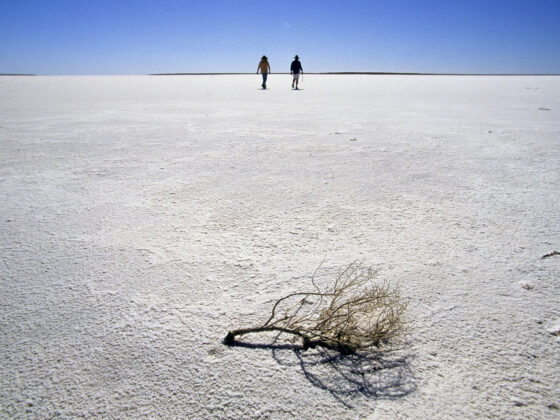THINGS YOU PROBABLY DON’T KNOW ABOUT THE FLINDERS RANGES
So, you’re tired and want to hit the swag, but your mates around the campfire are in a mood to party… loudly. Here’s a quick and easy way to bore them into going to bed, learn this off by heart then open your discussion like this;
‘The Flinders Ranges are part of the Adelaide Geosyncline, very thick layers of sediments deposited during the Neoproterozoic Era. During the Cambrian Era (around 540 million years ago) the area underwent the Delamerien orogeny where the sediments were folded and faulted into the largest mountain range in South Australia.’
You won’t see them for dust! But just in case some smart-alec says “OK, if you’re so smart, what’s an oregeny?” You can tell him/her, ‘It’s a severe structural deformation of the earth’s crust, so there.’
Now for some other, less tedious facts…
-
The original inhabitants of the area were the Adnyamathanha people. That large word that would almost be impossible to pronounce after a few beers, but means ‘hill people’ or ‘rock people’.
-
The Flinders Ranges are named after Matthew Flinders, the first European to sight them on his circumnavigation of the continent on the Investigator, in 1802. He and some of his men climbed Mount Brown. Later on, Edward John Eyre made a more detailed exploration in 1839.
-
The first squatters arrived in the Quorn district in 1845, and Wilpena, Arkaba and Aroona sheep stations were established in 1851. (Much later, Quorn was named by Governor Jervois, whose private secretary had come from the Parish of Quorndon.)
-
The first white man to find a way through the Flinders was William Pinkerton, who drove a mob of sheep through Pichi Richi Pass in 1853. The narrow-gauge railway that runs through Pichi Richi Pass was originally built to take copper ore back to Port Augusta.
-
In the late 1870s, wheat growing commenced north of the Goyder Line. (Goyder was a Government surveyor who basically said ‘where the saltbush begins, the rain stops’.) It worked well at first, but on return to normal seasons and rainfall – normal rainfall basically meaning none of it – ventures went belly up. Abandoned farmhouses are a feature of the Flinders Ranges.














